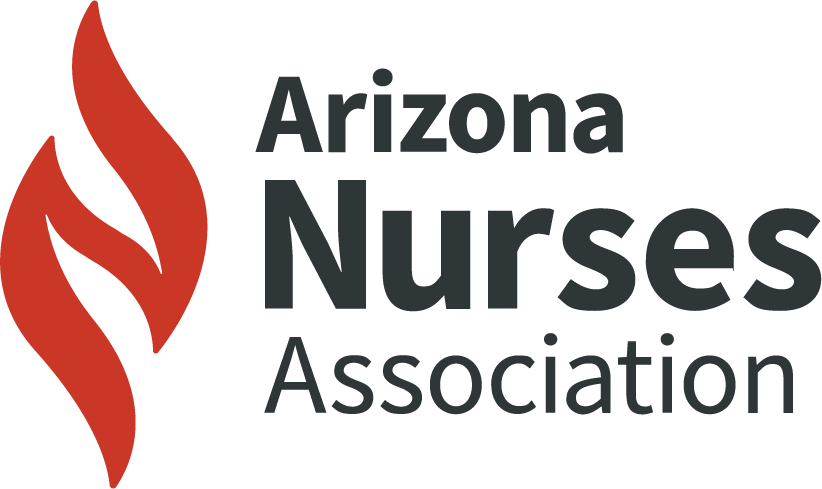Influential leadership guiding the path for new graduates in float pool
ABSTRACT
To address turnover rates, enhance comfort levels, and improve job satisfaction, new graduate nurses were integrated into the inpatient float pool, traditionally staffed by experienced nurses from progressive care and emergency settings. A tertiary academic medical center in the Southwest faced a 60% vacancy rate in its inpatient float pool due to internal transfers. This challenge led to recruiting from the Nurse Residency Program, which transitions graduate nurses from novice to expert. Integrating nurse residents into the float pool provides a complex care environment, improves retention, and addresses staffing shortages. A literature review and synthesis table evaluated strategies for integrating new graduate nurses into float pools. The float pool orientation was revised to include Nurse Residency Program concepts and the Tiered Skills Acquisition Model (TSAM) to meet learning needs. Orientation involved two weeks in two different base medical/surgical units, four weeks floating in medical/surgical, and four weeks in progressive care units, averaging 16 weeks. Bimonthly progress reviews with nurses, preceptors, supervisors, and nursing education specialists allowed for real-time assessments and support. Six new graduate nurses have joined since this initiative started. Currently, five remain in the float pool, and one resigned due to family issues but expressed satisfaction with the float pool placement and orientation. Integrating new graduate nurses into the float pool improves staffing levels, comfort with floating assignments, and provides complex care experience. This approach enhances staffing sustainability, boosts retention rates, and offers career development opportunities. Sharing this successful integration can help other nurse leaders sustain their workforce.
